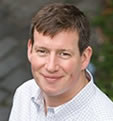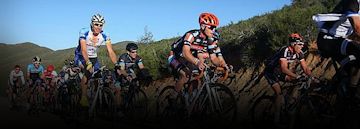Channelling down Manhattan streets from all directions in the murky early morning light, the streams of green-jerseyed GFNY riders combine on Riverside Drive to form rivers of riders and then a surging green sea climbing the ramps of the George Washington Bridge to the spectacular start of Gran Fondo New York.
It will be quite a sight and an even better experience on Sunday, May 21.
The nervous energy of the thousands heading onto the bridge fills the air with a buzz as everyone clips out and starts wheeling their bikes through security checks and baggage drops before filling the bridge's lower level after final comfort breaks.

Well, maybe on closer inspection body fat %s, expensive carbon and groupsets, and absence of leg hair are decent clues, but with everyone wearing the obligatory bright green GFNY jersey in the low light of the early morning the different cycling tribes blur into one.
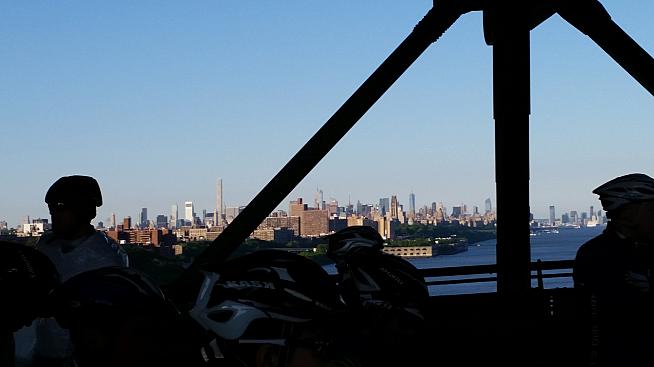
By mid-afternoon on the other side of the river in New Jersey, there will be more fatigue in the voices after 100 miles and 8,000+ feet of climbing and also the pride in having completed the challenge. (See the course map at the bottom or click here for a RidewithGPS map)
Key points:
- Read the GFNY logistics guide. Like everything GFNY, it is extremely well done and well organized
- Budget some time for the Expo at Penn Pavilion. There will be a good selection of exhibitors, jersey exchanges (they are cut tight) take time and the scale of GFNY means the crowds will be thick
- Follow the rules. Don't be the one who does not attach their number and is refused entry to the GWB at 5.45 am (it happens)
- Work out your timings for the start. Add in a safety margin. Add another 15 minutes. The number of riders means it takes longer to get on the bridge than you imagine. The weather looks perfect so no excuses for not getting there early

And that makes a difference. By the time those in the back pens are crossing the timing mat at the start line the elite riders will be crossing through the shadow of the bridge alongside the river 200 feet below. That's more incentive to reach the start in plenty of time. Late arrivals after 6:15 start right at the back.
From the GWB, riders initially loop south — which is deepy counterintuitive — before plunging down into Palisades Park underneath the bridge and heading north toward Bear Mountain.
The first climb of the day comes after just 9 miles with the mile-long 390-foot climb up Alpine back to the height of the start line. It averages 7.4% topping out at 9% and you are likely to be in heavy traffic as you crank your way up - stay right to allow faster riders past.
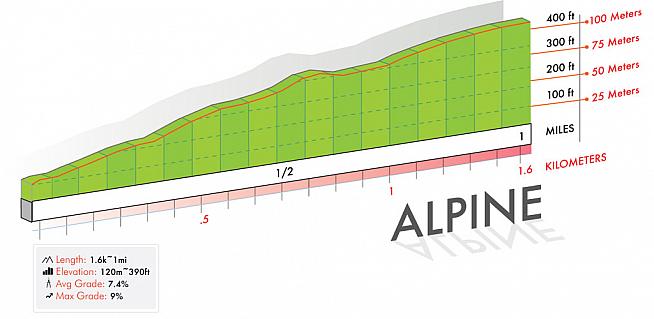
From Alpine the route runs parallel to the Hudson all the way to Bear Mountain the foot of which arrives after 40 miles with the summit four miles farther on and 1,200 feet up.
The roads headed north are closed and marshalled by an army of police officers. Enjoy the lack of motorized traffic, but keep your wits about you given the cyclists all around you.
While not mountainous, the road to Bear Mountain is not flat. There are several short but steep ramps away from the river, some lengthy uphill drags and "Baby Bear" — a noticeable climb just before Bear Mountain itself.
There are feed stations at miles 17 and 32, but many save time and make their first stop at Bear.
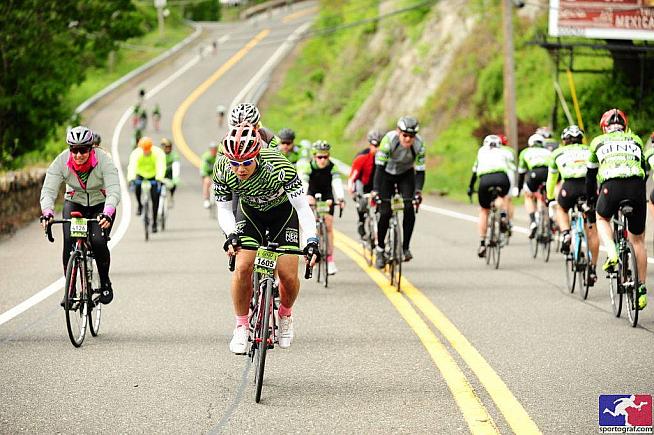
There is an initial ramp up from the river where the tarmac is in pretty poor condition. Make sure to keep left as riders will be descending at high speed. The middle section is from the traffic circle with a smooth almost two miles miles along Seven Lakes Drive before a right turn onto Perkins Memorial Drive. The final two miles on Perkins sees the steepest sections getting into double digits for a short while before easing off again and then returning to close to 10% near the top. The pay-off is amazing views in all directions as the road spirals around the peak.

After refueling at the summit the second section begins and with it the toughest riding of the day.
Tracks are retraced down Bear Mountain and along 9W — up and over Baby Bear again — before a rudely sharp right turn West into the ridges above the river. While Bear Mountain was a smooth steady climb, the next 10-12 miles are a leg-sapping mix of sharp little climbs, longer drags and twisting descents.

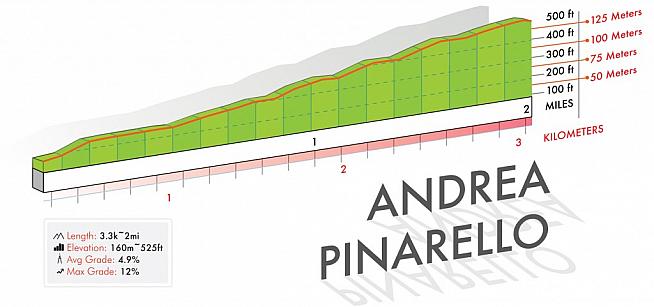
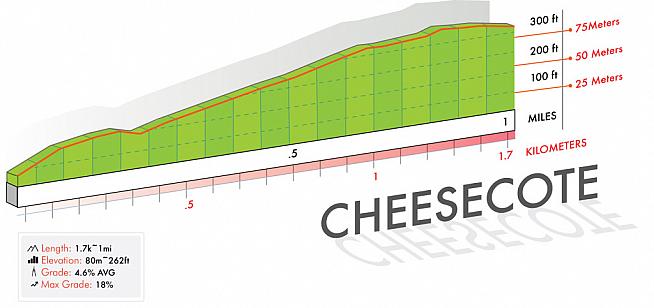
There's still 32 miles to run, but the major climbing is done and it is time to find some companions of a similar speed to share the load back to Fort Lee. The course is not entirely closed to traffic and you may be sharing the road with cars in this section. The final feed station comes in West Nyack at mile 80.
Eight miles later, the last long slope of the day comes as the course rejoins 9W with a gain of about 500 feet over 4 miles.
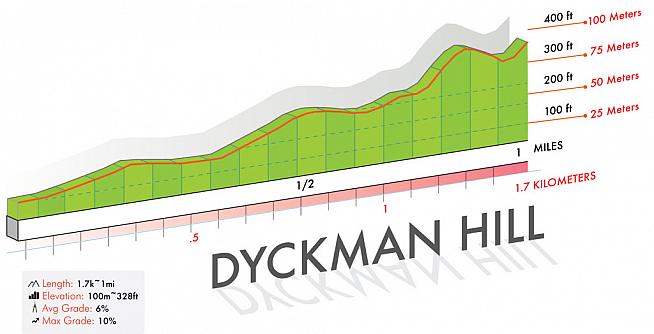
Have fun and good luck.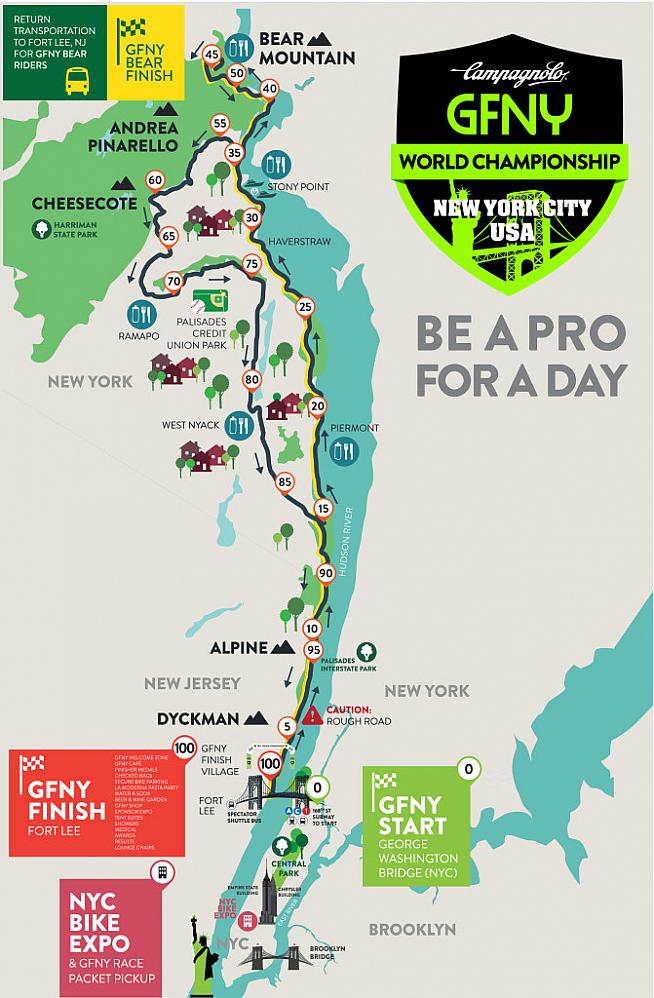
0 Comments

